Canadian Wild Ginger
- October 17, 2023
- 0 comment
Canadian Wild Ginger, scientifically known as Asarum canadense, is a charming and distinctive plant native to the eastern regions of North America, particularly in the woodlands of Canada and the United States. This low-growing perennial herb is cherished for its heart-shaped, deep green leaves and unique, bell-shaped reddish-brown flowers that hide beneath its foliage.

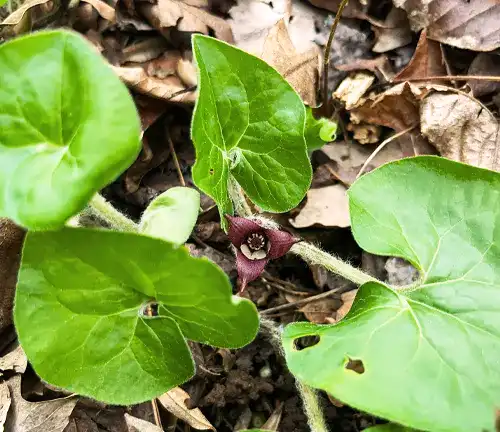
While it’s commonly referred to as “ginger,” it’s essential to note that Canadian Wild Ginger is not related to the spice we associate with ginger root. Instead, it derives its name from the root’s mild, ginger-like aroma. Historically, indigenous peoples have used the rhizomes of this plant for medicinal purposes, primarily for treating minor ailments. Its enchanting presence in shaded, moist forests and its capacity to form dense ground covers make it a valuable addition to woodland gardens.
Beyond its ornamental appeal, Canadian Wild Ginger offers an intriguing glimpse into the diverse flora of North America and its historical significance in indigenous cultures.
| Characteristics | Description |
| Scientific Name | Asarum canadense |
| Common Names | Canadian Wild Ginger, Wild Ginger |
| Native Region | Eastern North America |
| Plant Type | Perennial herb |
| Foliage | Heart-shaped, deep green leaves |
| Flowers | Bell-shaped, reddish-brown, inconspicuous, hidden beneath foliage |
| Aroma | Mild, ginger-like scent from the rhizomes |
| Habitat | Shaded, moist woodlands |
| Medicinal Use | Historically used by indigenous peoples for minor ailments |
| Growth Height | Low-growing, typically under 8 inches (20 cm) |
| Ground Cover | Can form dense ground covers |
| Cultural Significance | Important in indigenous cultures and traditional medicine |
| Garden Use | Valuable in woodland gardens for its ornamental appeal |
Botanical Beauty of “Canadian Wild Ginger”
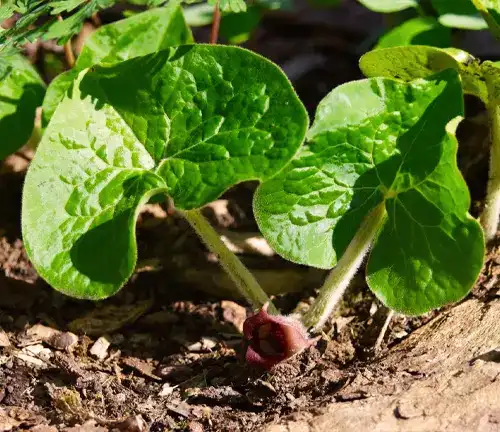
The Canadian Wild Ginger, scientifically known as Asarum canadense, is a botanical marvel that graces the woodlands of eastern North America. This unassuming perennial herb captivates with its distinctive features, earning its place as a cherished member of the region’s flora. The heart-shaped, deep green leaves and unique, bell-shaped reddish-brown flowers, which often hide beneath the foliage, give the plant an enchanting, almost secretive allure. While its name suggests a relation to the ginger commonly used in culinary delights, Canadian Wild Ginger is a unique botanical treasure in its own right.
Woodland Elegance
One of the standout features of Canadian Wild Ginger is its ability to infuse woodland landscapes with an unmatched elegance. This low-growing plant, typically under 8 inches (20 cm) in height, creates lush carpets of greenery on the forest floor. Its rich green leaves and charming, hidden blossoms add an understated yet beguiling charm to shaded woodlands. It’s no wonder that woodland garden enthusiasts often seek to incorporate this species to enhance the visual appeal of their natural landscapes.
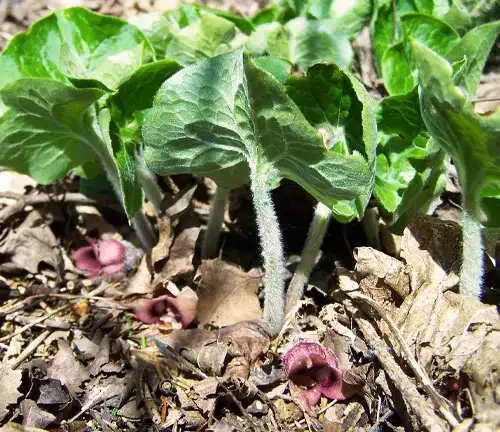
Ecological Importance
Beyond its aesthetic allure, Canadian Wild Ginger plays a crucial role in the ecosystems it inhabits. Its presence in the woodlands of North America contributes to the overall biodiversity of these environments. The dense ground covers it forms can provide vital habitat and shelter for various small creatures, further supporting the delicate balance of these ecosystems.
Cultivation and Conservation
While Canadian Wild Ginger is beloved in woodland gardens, it’s essential to consider its conservation status. Due to factors such as habitat destruction and over-harvesting, it is categorized as a species of special concern in some regions. Those interested in cultivating this plant should do so responsibly, taking care not to deplete wild populations and considering local conservation guidelines.

Fragrance
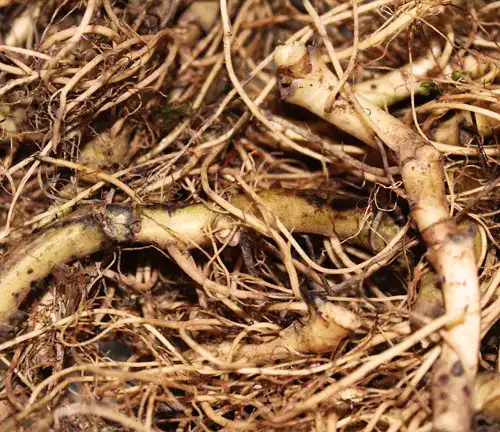
One of the plant’s unique characteristics is the mild, ginger-like scent emanating from its rhizomes. This intriguing fragrance, though not as potent as the culinary ginger we are familiar with, adds an aromatic dimension to the plant that further enhances its appeal.
Soil Stabilization
Canadian Wild Ginger’s capacity to form dense ground covers serves a crucial ecological function by helping stabilize the soil. This feature helps prevent soil erosion, particularly in areas with limited vegetation cover. Its root system plays a vital role in maintaining the integrity of the forest floor.
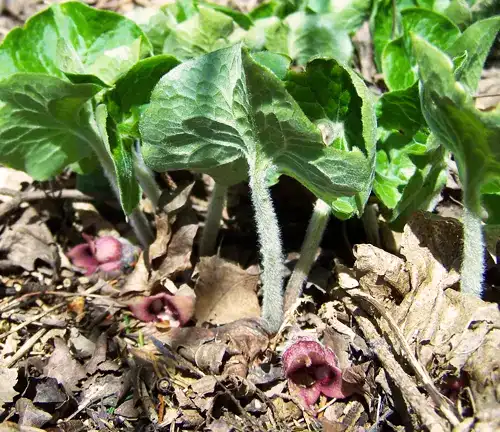
Common Uses
Historically, indigenous peoples recognized the value of Canadian Wild Ginger for its medicinal properties. It was employed to treat minor ailments and as a poultice for various topical applications. While its use in modern herbal medicine is limited, the plant’s historical significance underscores its cultural importance.
Benefits
Canadian Wild Ginger is a plant that offers a range of benefits. Its aesthetic charm adds natural elegance to woodland gardens, while its ecological role in habitat provision and soil stabilization makes it indispensable in its native ecosystems. Its mild fragrance and historical medicinal uses contribute to its cultural significance. However, as with all natural resources, responsible cultivation and conservation efforts are essential to ensure its continued presence in the wild. Canadian Wild Ginger serves as a reminder of the intricate relationship between plants and the environment, and the importance of preserving such botanical treasures for future generations to appreciate and study.
Different Species
European Wild Ginger
(Asarum europaeum)
This species is native to Europe and features heart-shaped leaves and brownish-purple, tubular flowers. It’s primarily used for its ornamental value in European gardens.

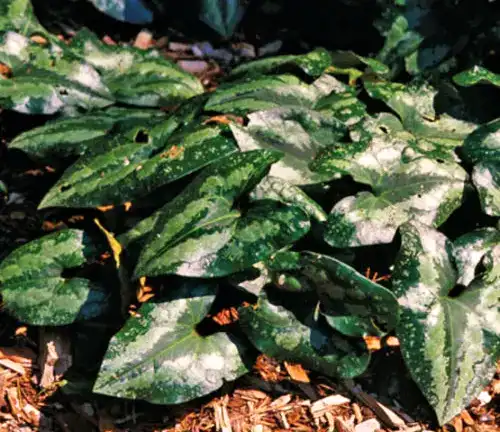
Chinese Wild Ginger
(Asarum sieboldii)
Native to China and Japan, this species is known for its kidney-shaped leaves and attractive, purplish-brown flowers. It’s also cultivated as an ornamental plant in many parts of the world.
Virginia Wild Ginger
(Asarum virginicum)
Found in the eastern United States, this species is similar in appearance to Canadian Wild Ginger. It has heart-shaped leaves and reddish-brown, bell-shaped flowers. It’s often used in native plant landscaping.
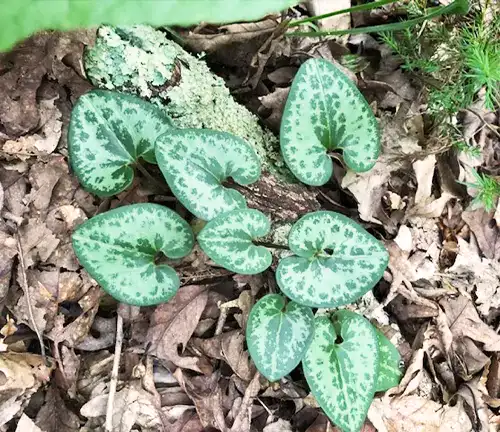

Japanese Wild Ginger
(Asarum caulescens)
Indigenous to Japan, this species features glossy, round leaves and dark purple to brownish-red flowers. It’s appreciated for its lush foliage in shade gardens.
Chinese Ginger
(Asarum heterotropoides)
Native to China, Korea, and Japan, this species has kidney-shaped leaves and maroon to purplish-brown flowers. In traditional Chinese medicine, the rhizomes of this plant are used for their purported medicinal properties.

Frequently Asked Questions (FAQs)
- What is Canadian Wild Ginger?
Canadian Wild Ginger, or Asarum canadense, is a low-growing perennial herb native to eastern North America. It is known for its heart-shaped leaves and bell-shaped reddish-brown flowers. - Is Canadian Wild Ginger related to culinary ginger?
No, despite the name, Canadian Wild Ginger is not related to the ginger commonly used in cooking. It gets its name from the mild ginger-like scent of its rhizomes. - Where is Canadian Wild Ginger typically found?
This plant is primarily found in shaded, moist woodlands in eastern North America, including parts of Canada and the United States. - Can Canadian Wild Ginger be cultivated in gardens?
Yes, Canadian Wild Ginger is often cultivated in woodland gardens for its ornamental appeal. It can form lush ground covers and adds a touch of elegance to shaded landscapes. - What are the ecological benefits of Canadian Wild Ginger?
Canadian Wild Ginger contributes to the biodiversity of woodland ecosystems and provides habitat and shelter for small creatures. Its dense ground covers also help stabilize soil, preventing erosion. - Are there any medicinal uses for Canadian Wild Ginger?
Historically, indigenous peoples used the rhizomes of Canadian Wild Ginger for various minor ailments and topical applications. However, its use in modern herbal medicine is limited. - Is Canadian Wild Ginger in danger of over-harvesting?
In some regions, Canadian Wild Ginger is categorized as a species of special concern due to habitat destruction and over-harvesting. Responsible cultivation and conservation efforts are important. - How do I cultivate Canadian Wild Ginger in my garden?
It thrives in shaded, moist environments with rich, well-draining soil. Propagation is often done through rhizome division, and it’s important to follow local conservation guidelines when collecting or planting this species. - What is the significance of Canadian Wild Ginger in indigenous cultures?
Canadian Wild Ginger holds historical importance in indigenous cultures, where it was used for various purposes, including as a medicinal plant. It is a symbol of the close relationship between indigenous peoples and the environment. - Can I find Canadian Wild Ginger in the wild?
Yes, Canadian Wild Ginger can be found in its natural habitat in eastern North America, but it’s important to respect conservation efforts and guidelines when observing or collecting it in the wild.


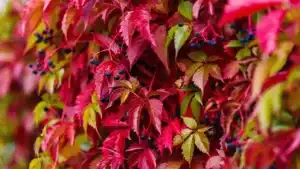

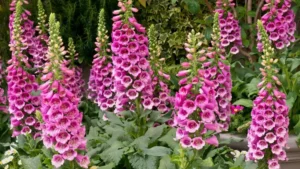
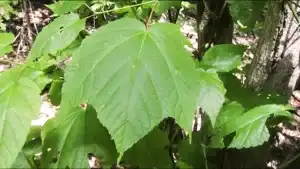



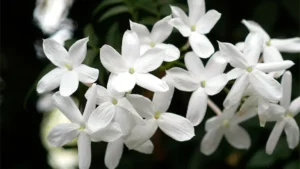
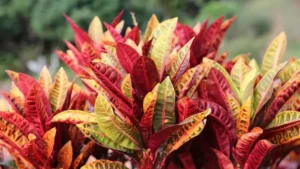
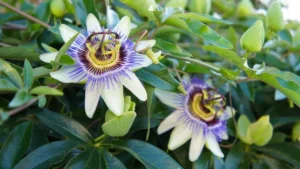
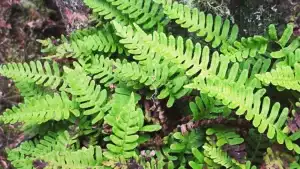
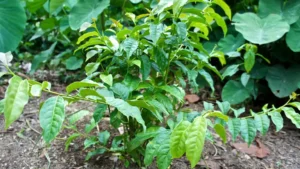
Leave your comment